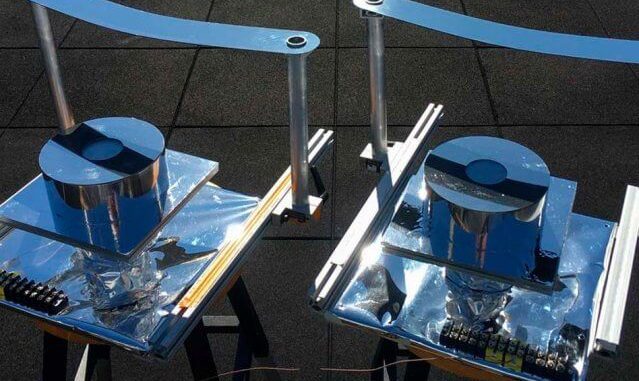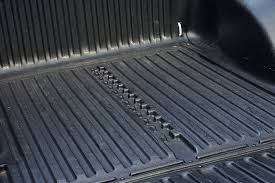A high-tech umbrella for cooling without electricity
A high-tech umbrella for cooling without electricity
A group of engineers at the Massachusetts Institute of Technology (MIT) has created an inexpensive and simple system that could reduce the temperature by up to 40 °C (104 °F).

Durante la mayor parte de la historia, el ser humano ha tenido que arreglárselas para enfriar hogares y alimentos sin contar con un aparato de aire acondicionado o un frigorífico de alta tecnología.
Sin duda, el sistema más antiguo y básico para mitigar el efecto del sol sobre nuestras cabezas es la sombra de un árbol.
Otra solución, presente en los pueblos de la cuenca Mediterránea desde tiempos inmemoriales, es la utilización de pintura blanca para reflejar la radiación solar.
Partiendo de esta última premisa, la técnica del passive diurnal radiative passive cooling
aprovecha las cualidades reflectantes de los materiales y añade elementos con capacidad de emisión térmica de infrarrojos.
That is, capable of emitting more heat than they receive.
This requires quite sophisticated materials, often based on the latest technology. nanotecnología,
capable of selectively reflecting certain wavelengths of the solar spectrum and sending them back to outer space.
However, at MIT in the United States, they have opted to use very simple materials to achieve this type of cooling.
And the results of this proyecto tecnológico look encouraging.
In reality, the system developed by BikramBhatia
y el resto de su equipo no es más que una versión evolucionada de la clásica sombrilla.
El secreto reside en combinar una base capaz de emitir radiación infrarroja media y un reflector que bloquee los rayos solares directos.
La disposición de la tira reflectora se corresponde con la trayectoria del sol,
The need for active tracking systems is therefore dispensed with.
Underneath, the researchers have installed a box with several elements that have different purposes.
Por un lado, está el infrared emitter, que es una lámina de cobre pintada de blanco y depositada sobre un aislante.
A continuación, irían dos láminas de polietileno con una pequeña cámara de aire que minimizan la transmisión de radiación solar difusa.
Porúltimo, todo el perímetro de la caja se recubre con una película de papel de aluminio pulido
to minimize parasitic radiant heat transfer, i.e. heat transferred from one surface to another.

El resultado en las pruebas fue una reducción de 6 °C con respecto a la temperatura ambiente.
No obstante, el experimento se llevó a cabo en el área de Boston, ciudad costera con gran humedad ambiental, factor que bloquea la emisión de infrarrojos.
Los investigadores estiman que en zonas con menor humedad la eficiencia de este proyecto tecnológico sería mucho mayor,
con un enfriamiento teórico máximo de hasta 40 °C.
Este sencillo dispositivo podría ser de gran utilidad en zonas sin acceso a electricidad o
Para complementar otros sistemas de enfriamiento existentes y reducir así el consumo eléctrico.

Write us a comment: